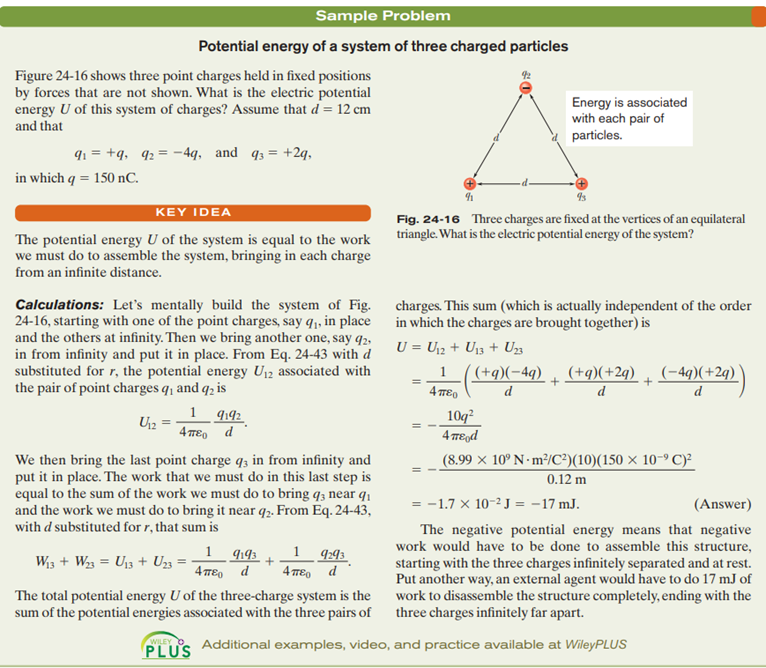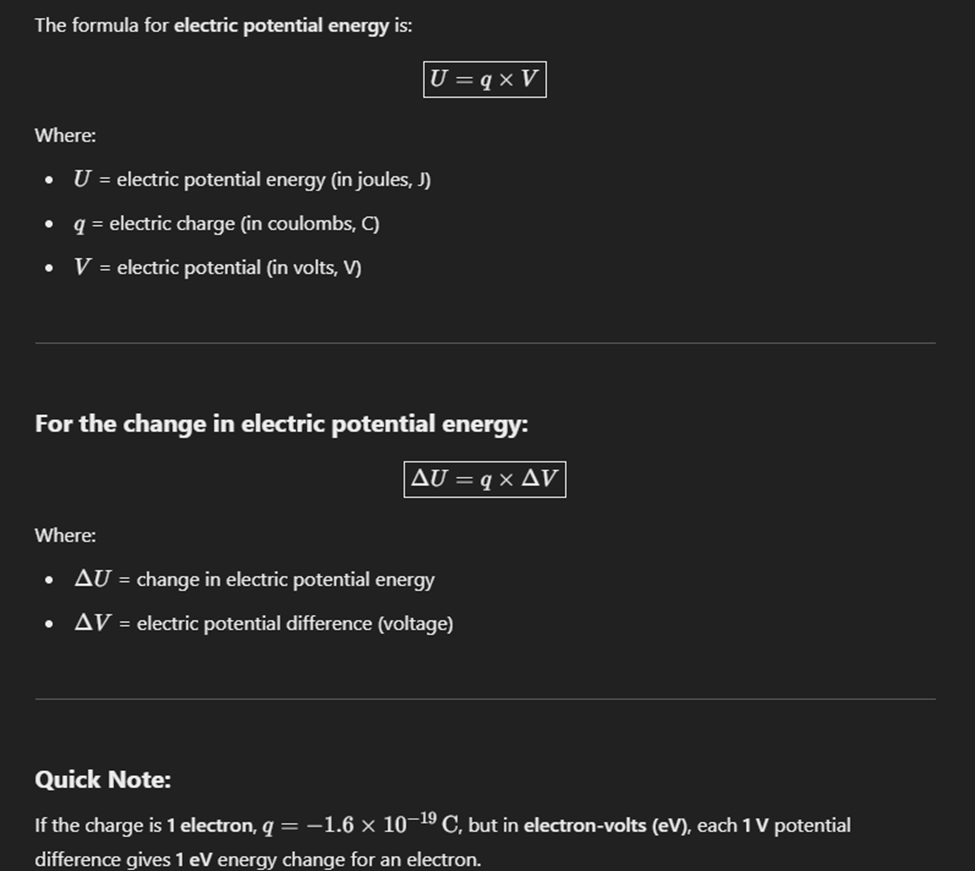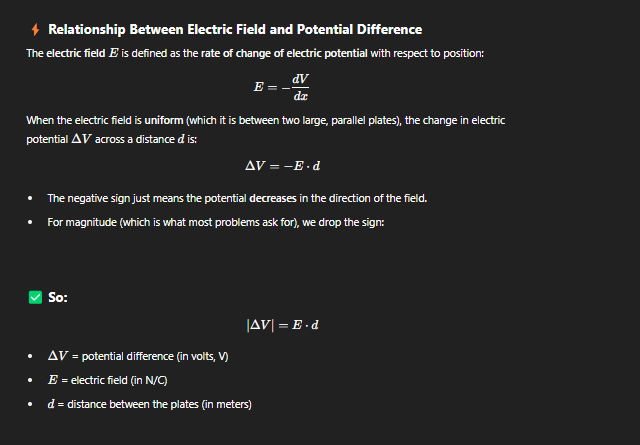Physics laws learnt over time
1/15
There's no tags or description
Looks like no tags are added yet.
Name | Mastery | Learn | Test | Matching | Spaced |
|---|
No study sessions yet.
16 Terms
Newton first law
An object remains at rest or in uniform motion in a straight line unless acted upon by a net external force.
Newton second law
The acceleration of an object is directly proportional to the net force acting on it and inversely proportional to its mass. ( F = ma)
Newton third law
For every action, there is an equal and opposite reaction. ( Fab = -Fab)
Newtpns
Conservation of Energy
Energy cannot be created or destroyed — it only changes from one form to another. The total energy in a closed system stays the same.
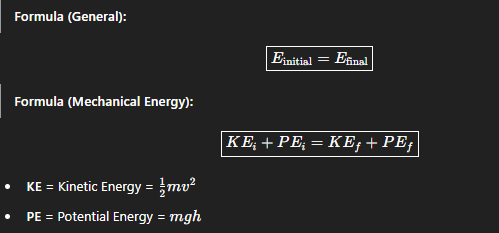
Law of Universal Gravitation
Every mass attracts every other mass with a force proportional to the product of their masses and inversely proportional to the square of the distance between them.

Work Energy theorem
The net work done on an object is equal to its change in kinetic energy.

Hook’s Law (Springs)
The force needed to compress or stretch a spring is proportional to the displacement.
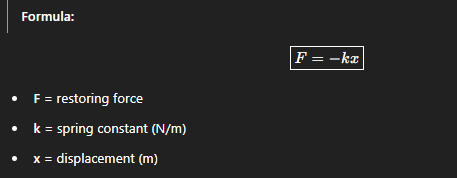
Momentum
Momentum is the quantity of motion an object has. It depends on an object’s mass and velocity.
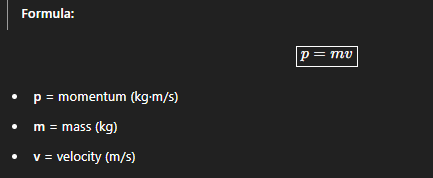
Impulse
Impulse is the change in momentum caused by a force acting over a period of time.
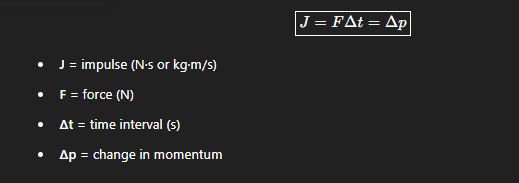
Law of conservation of Momentum
In a closed system with no external forces, the total momentum before a collision is equal to the total momentum after.

Mechanical Energy
The sum of kinetic and potential energy in a system.

Coulomb constant
It tells us how strong the electric force is between two 1-coulomb charges that are 1 meter apart.

Coulomb's law
The electric force between two charges is directly proportional to the product of their charges and inversely proportional to the square of the distance between them. (Vector)
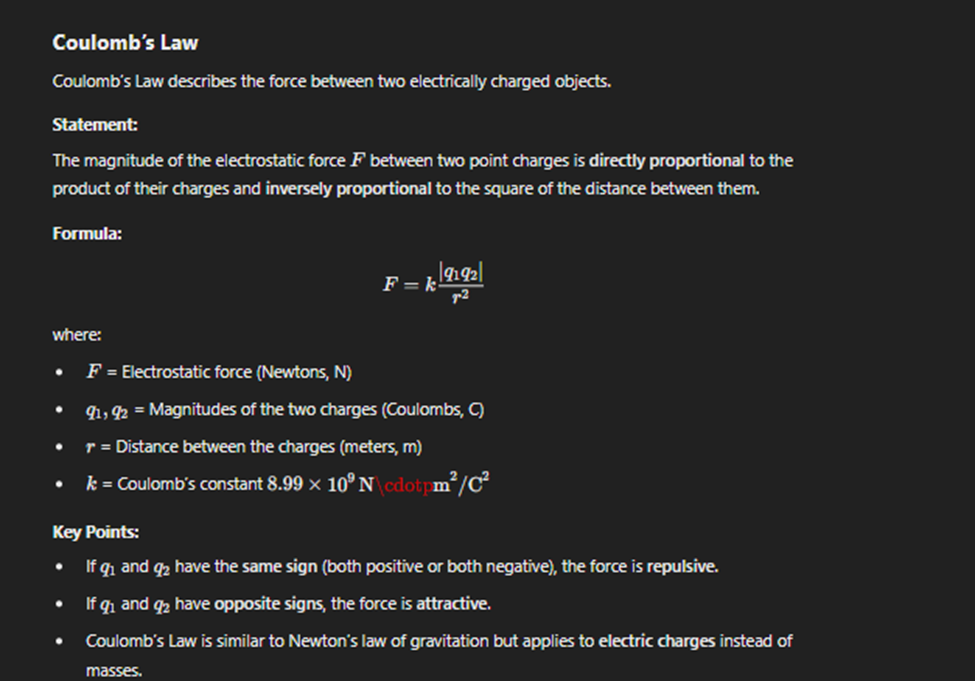
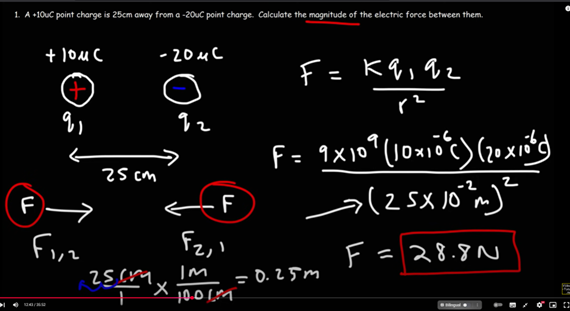

Electric field (Vector quantity)
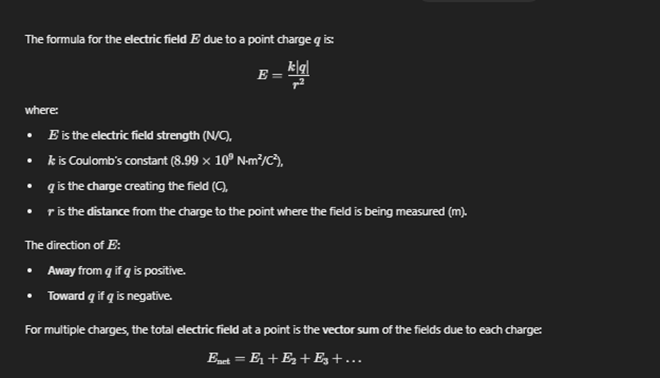
The electric field is a region around a charged object where another charged object experiences a force.
It represents the force per unit charge exerted on a small positive test charge.
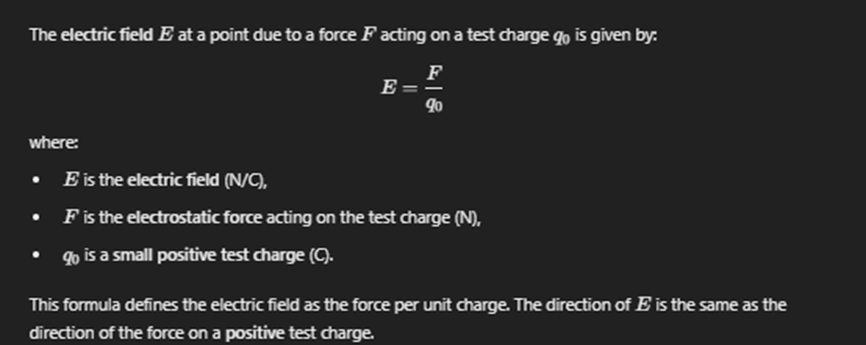
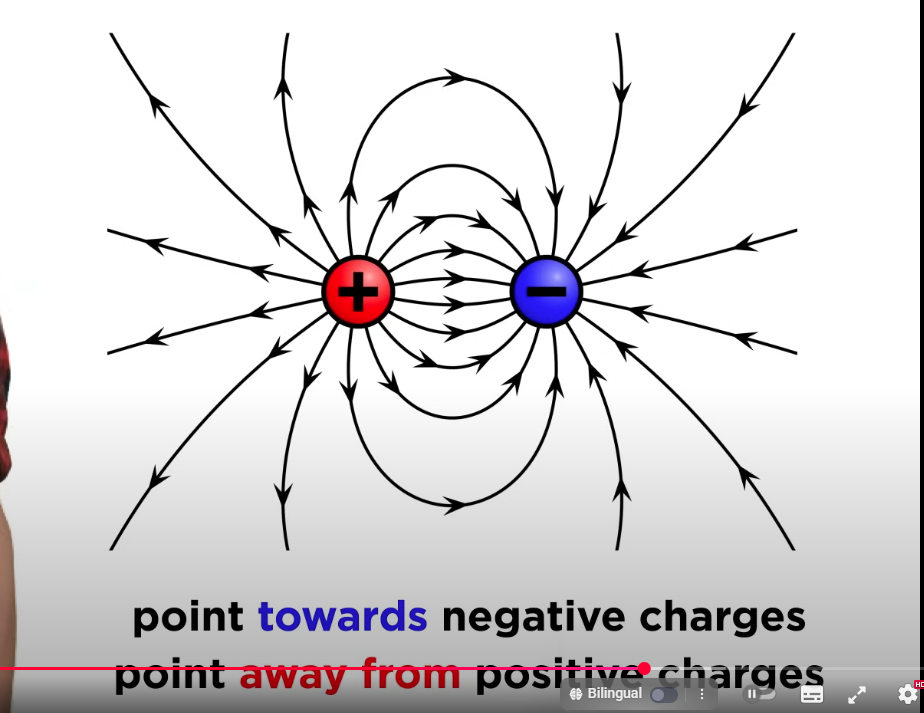

Electric Potential Energy(scalar)

Electric potential at a point is the amount of electric potential energy per unit charge at that point in an electric field.
It tells us how much work is needed to move a charge to that point.
